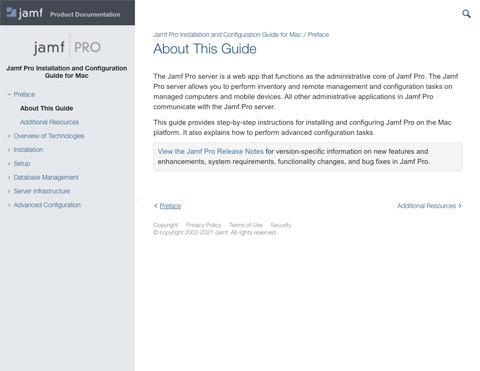
The most common reason given by 66% of respondents was the presence of idle or underutilised resources. Just 27% of respondents said they had (or would) built tools from scratch.ĭespite the clear business advantages that a multi-cloud strategy can deliver, many organisations admit that a portion of their cloud spend is being wasted.Īccording to the survey results, 94% of organisations are currently spending more than is actually required.

Clearly those taking this approach understand that relying on manual, human-intensive processes is simply not realistic.Īsked to nominate the types of automation tools being used, 47% of respondents said they opted for buying commercial tools as a service, while 46% nominated open source as a service. When it comes to the effective operation and management of a multi-cloud environment, a definitive 99% of those surveyed pointed to the role of automation. This is a significant increase on the 53% who gave this response in a similar survey conducted in 2021. Of those who have chosen this path, 90% report it has helped them to achieve their business goals. During the next 12 months, this is anticipated to rise to 81%.

According to recent research commissioned by HashiCorp, 60% of respondents say they are currently taking a multi-cloud approach. Creating cloud-to-cloud linkages can be complex and time needs to be dedicated to managing multiple providers.īecause of the significant benefits that can be gained, increasing numbers of organisations are adopting a multi-cloud strategy. This ensures maximum performance can be achieved from each application by fine tuning the resulting multi-cloud infrastructure.Ī Pol圜loud approach can throw up some challenges, however. In many cases, applications will come in the form of SaaS and PaaS alternatives to in-house systems. This scenario makes use of an application view of an IT infrastructure and allows clouds to be selected based on how well they can support each application.

The latest shift in strategy being adopted by some organisations involves the concept of the Pol圜loud. However, it does add additional complexity into the mix and can require IT teams to have skills in multiple cloud environments. This reduces the risks associated with being reliant on a single cloud while also providing access to best-in class capabilities. This approach involves selecting multiple cloud providers and then shifting specific IT resources to each. Meanwhile other organisations have been adopting a so-called multi-cloud strategy.


 0 kommentar(er)
0 kommentar(er)
